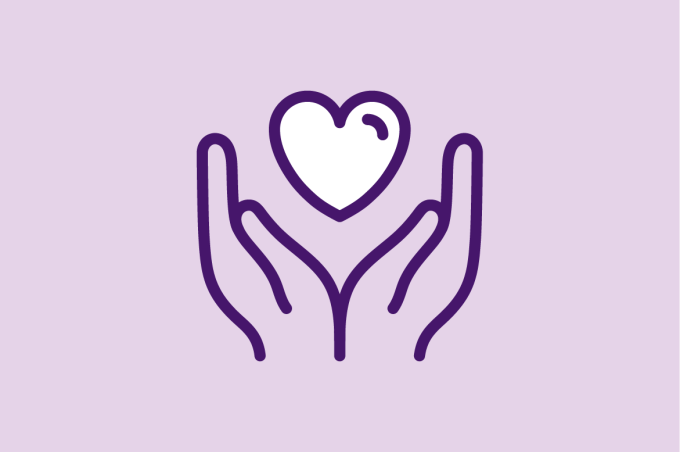The entity (Summerhill Hospital) referenced in this illustrative case is fictional. Individuals, businesses, events and scenarios referenced are influenced by interviews and review of publicly available literature. Any resemblance to actual individuals, entities or events is purely coincidental.
Overview
Summerhill Hospital, a 250-bed community hospital, is planning to partner with an remote patient monitoring (RPM) company to deploy a diabetes management program. Summerhill Hospital leads the Summerhill Health System Accountable Care Organization (ACO), a Medicare Shared Savings Program (MSSP) ACO.
Prior to deciding to launch the RPM program, Summerhill Hospital’s avoidable hospital admissions rate related to diabetic complications was 50% higher than that of other hospitals in the region, which was negatively impacting its ability to generate shared savings in its MSSP ACO. To reduce avoidable admissions, Summerhill has decided to implement an RPM program for approximately 2,000 patients with type 2 diabetes; however, Summerhill lacks the information technology infrastructure and expertise to develop its own RPM program; therefore, hospital leadership has decided to partner with a vendor.
Summerhill Hospital’s RPM vendor will provide patients with a connected glucometer that enables automatic, wireless transmission of glucose readings to a physician led care team. The program also provides test strips and a mobile and web app, which serves as the platform for patients to track their blood sugar and other health indicators, view their care plan, receive health coaching, log food intake, and order test strips. Patients self-test their blood glucose daily, and a care team member reviews transmitted readings and follows up as needed with patients if their results show a deterioration in glycemic control. The care team also provides ongoing coaching through the app.
On a monthly basis, the RPM company sends a report to each enrolled patient’s primary care provider with an update on their condition and glycemic control. In addition to the monthly reports, if there are health issues that arise, the company will contact the patient’s primary care provider immediately. As part of the design process, Summerhill identified that there were patients who would not have access to a smartphone, computer or broadband internet so the hospital decided to provide services directly to patients.
Strategic goals
Summerhill Health System is planning to adopt a remote patient monitoring (RPM) program in order to:
- Improve performance on risk-based contracts by reducing total cost of care.
- Improve clinical outcomes for patients with diabetes.
Program impact on health care value streams
Clinical quality and safety outcomes
- Relevant measures
- Reduced avoidable ED and inpatient visits
- Hemoglobin A1c (HbA1c)
Poor control (>9%)
- Impact goals
- Reduce avoidable ED and inpatient visits in the diabetic population by 5%
- Reduce the number of ACO enrollees with HbA1c >9% by 25%
Access to care
Availability of care
- Relevant measures
Patient travel time - Impact goals
Reduce visits for diabetic patients from four to two visits per year
Patient, family and caregiver experience
Clinical experience
- Relevant measures
Patient Activation Measure (PAM) - Impact goals
Achieve average PAM scores above 80
Clinician experience
Work experience
- Relevant measures
Engagement and satisfaction with work - Impact goals
Achieve self-reported satisfaction with work ratings above 80%
Financial and operational impact
Indirect revenue
- Relevant measures
Savings on MSSP ACO - Impact goals
Generate $500,000 in additional savings through reductions in avoidable ED and inpatient utilization
Health equity
Equity in clinical outcomes, quality and safety
- Relevant measures
- Hemoglobin A1c (HbA1c) control rates by race and ethnicity
- Impact goals
Prevent gaps in HbA1c control so that there are no differences in HbA1c control by race or ethnicity
Examples of RPM programs for diabetes management
University of Mississippi (UMMC): UMMC provides four-to-six-month RPM programs to patients with chronic illnesses, including diabetes, in coordination with a patient’s primary care provider. A recent presentation on the program is available.
- Research: Mississippi Diabetes Telehealth Network: A collaborative approach to chronic care management
Livongo: Livongo, now part of Teladoc as of October 2020, offers a digital platform for RPM programs.
Virta: Virta, founded in 2014, provides real-time and technology-enabled access to physicians and health coaches.
- Research: Peer-reviewed papers and white papers
Omada: Omada Health is a digital care provider that empowers people to achieve their health goals through sustainable lifestyle change.
- Research: Peer-reviewed papers and white paper
Relevant literature supporting illustrative impact estimates
Clinical outcomes, quality and safety
- A meta-analysis found that RPM programs reduce HbA1c levels by 0.55 compared with usual care.
- A survey of 25 health care organizations deploying RPM programs for a variety of use cases, including diabetes care, found that 38% reported reductions in hospital admissions and 25% reported reductions in readmissions and ER visits, respectively. Seventeen percent reported quantified cost reductions from these outcomes.
Patient, family and caregiver experience
A study in 2018 found that patients experienced increases in PAM scores (67%) at the end of the RPM program study period.
Download the scenario (PDF) and read other Return on Health telehealth case studies and scenarios.




